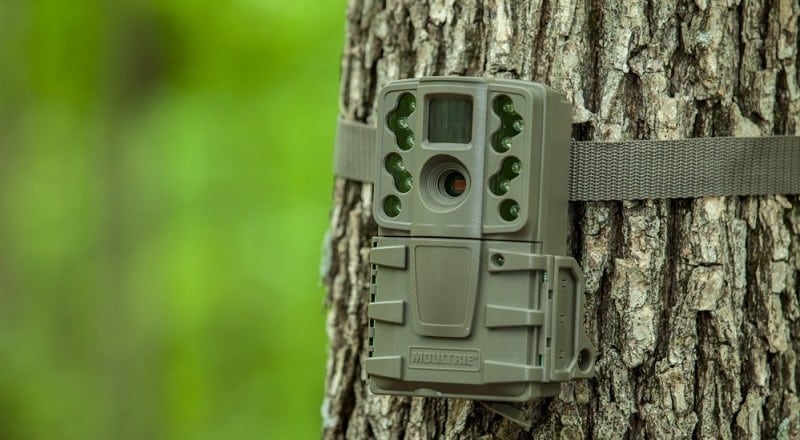
I bought Goal Zero’s Guide 10 Plus Solar Kit because it seemed like the perfect solution for keeping my smaller gadgets charged while on the go, and for providing a backup charging solution at the homestead.
What sets this kit apart from other similar kits (e.g. the Voltaic Systems 7 watt kit) is that the charger uses rechargeable AA batteries, and can also charge AAA batteries with the included insert. This adds another dimension of flexibility to the charger, because you can not only charge smartphones and tablets but also your flashlights, portable radio, and more.
The kit consists of two separate products; the
GOAL ZERO GUIDE 10 PLUS (comes with 4 AA NiMh batteries, 10Wh capacity) and the Nomad 7 Solar Panel, and while I’m testing them separately the overall score will be based on the two products being used as a unit.
Performance – 9
To find out how the Nomad 7 and Guide 10 Plus battery pack holds up to real use I put it through a couple of tests to charge various devices both straight from the solar panels and from the battery pack. Nothing scientific, just hands on real world use. The results are in:
Test #1: Charging Google Nexus 5 from battery pack
For this test I let my phone fully discharge to 0% and then plugged my micro USB cable into the battery pack and turned on the charging-mode. After 37 minutes I turned on the phone and the battery had been charged 12%. However this is where I ran into problems.
Charging with the phone turned off worked fine initially, but when I turned it on it only charged for a few seconds and then it stopped. I can turn off and turn back on the charging and then it shows the green light (indicating that it’s charging) but after a few seconds it turns to red (indicating that the battery is out of power, which it isn’t).
I tried charging a Samsung Galaxy S3 to confirm that there is indeed power in the battery pack and that phone charges without issues from the battery pack.
I also tried charging my Amazon Kindle Touch 3G and experienced the same problem as with the Google Nexus 5. No charge.
After troubleshooting this and digging around the internet I’ve found out that… Surprise!
Apparently I need one of Goal Zero’s USB Smart Adapters to be able to charge certain newer smartphones and tablets, because phones require anywhere from 0.5 Amps to 2 Amps for charging and out of the box the Guide 10 Plus does not seem to provide the correct Amps to be able to provide a charge to my Kindle or Nexus 5.
This makes me frustrated to say the least, because nowhere in their sales material or on their product pages do they mention anything about needing an adapter. Nowhere. Not even in one of those little disclaimers in fine print.
My thinking is that if you need this adapter to actually be able to use their products according to their claims then maybe they should include this relatively cheap USB Smart Adapter with their power packs to start with? That feels like a better option than letting customers find it out when they’re holding the products in their hands.
I can’t give this solar kit a good score performance-wise until I’ve tried the USB Smart Adapter. See my update below!
The good news for US residents is that the adapter will only set you back $4.79, so it’s not a big deal to add it to your order when you purchase the kit.
The bad news is that their cheapest shipping option to my little cabin in Sweden is $37.96, which is a joke. I’m sure it’s no different for other countries outside of North America.

